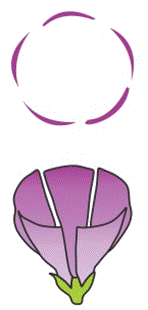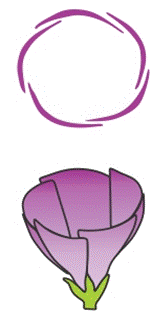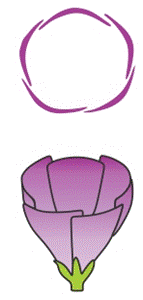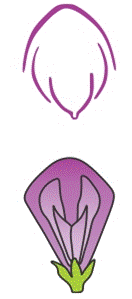Define aestivation. Explain different types of aestivation.
Aestivation is the mode of arrangement of sepals or petals in a floral bud with respect to the other members of the same whorl.
There are four main types of aestivation. They are as follows:
- Valvate aestivation:
Sepals or petals in a whorl just touch one another. They do not overlap one another.

It is observed in Calotropis.
- Twisted aestivation:
One margin of the appendage overlaps the margin of the next appendage.

Such type of aestivation is seen in lady’s finger, china rose and cotton.
- Imbricate aestivation:
Margins of sepals or petals overlap one another but not in any particular direction.

It is seen in Gulmohar and Cassia .
- Vexillary aestivation:
It is also known as Papilionaceous type of aestivation.

There are five petals. The largest petal (called standard) overlaps the two lateral petals (called wings) which further overlap the two smallest anterior petals (called keel).